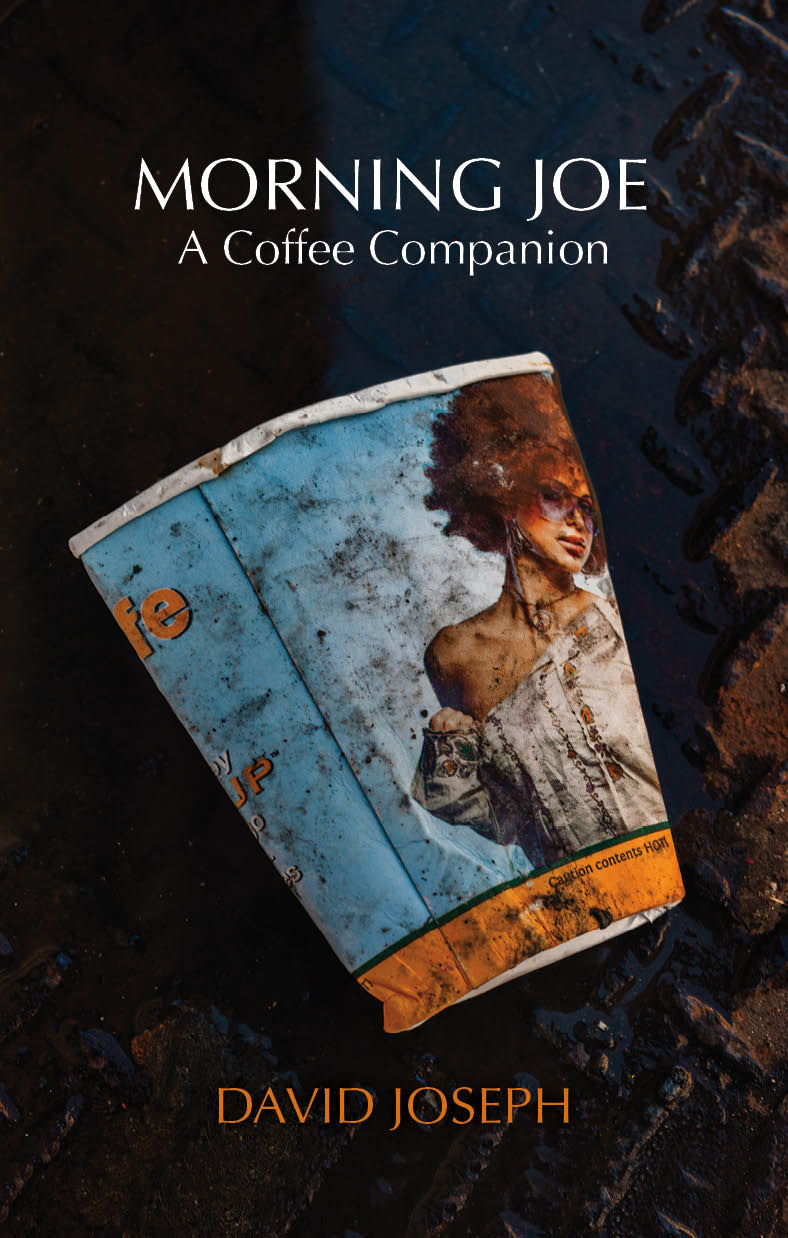By Brooke Hodess
Visual Connections talked via email with Paula Gillen, a Colorado-based photo researcher, photo editor, photo book designer, photographer and artist, who shared with us in Part I her experience in the business and observations about the state of stock photography and the impact of the Digital Age. In Part II, Gillen shares more about her photo book design work to which she brings both an editorial and fine art background and 25 years as a photo editor in journalism.
Visual Connections: Let’s talk about photo book design work. How do you start a project?
Paula Gillen: I start a photo book project with a discussion with the client. We discuss their intentions and hopes for their book. Each photo book has its own logic that you have to discover as a designer. It helps to pre-visualize how it might look as a finished piece. I believe that the design of a book should be a transparent structure that allows the images to do the talking. Some photo books are loud, some photo books are somber and quiet, and others are funny—the subject matter determines the design and type treatment. The client’s budget is taken into consideration and that determines which print-on-demand printer to use, the size of the book and the size of the print run. I like to keep the book design clean and minimal and let the photographs do the talking.

VC: Do you work within a particular genre?
PG: I have worked on fine art photo books, photo heavy memoirs, children’s books and promotional pieces that showcase photographers’ work.
VC: Name some favorite photographer books.
PG: I like the elegance of Radius Books and I enjoy the book work of Nathan and Joan Lyons, Alex and Rebecca Norris Webb, Ralph Gibson, and Robert Delpire’s books. I think about images as visual poetry and use a lyrical method to build rhythm and relationships between images in sequence. Each photo could be considered individual notes, and then these notes are built into a melody, and then that melody is structured so that the finished book could be considered a symphony or a song.
VC: How poetic!
PG: A printed book is an intimate time-based art form that unfolds as you turn the pages and absorb the images in sequence. I enjoy the process of creating that experience. I put the focus on my client’s point of view and I try and clarify their vision. I create a sketch of the book and move blocks of images around until the flow of the book makes sense. A book can go through many variations until my client and I are happy with it. Also, toward the end of the project, 2 to 3 paper proofs are done to test the quality of the images being reproduced. What you see on screen is rgb light and is very different than cyan, yellow, magenta and black ink on paper.
Every photo book is, in sense, a story, even if the photo books has minimal text, as there is an underlining narrative in visual information that I am trying to shape and clarify. For a client I might take a body of work, say, 100 to 500 images, and edit and sequence the work so the finished photo book feels complete and logical.

VC: What inspires you?
PG: If a client comes to me with strong imagery that has an underlining narrative, but the material needs to be shaped and polished—that inspires me.If I want to get a good dose of contemporary book design I go to Aperture, Printed Matter, ICP in NYC and photo-eye Bookstore in Santa Fe, New Mexico, to browse in person or through the Web.
VC: When it comes to book design, how has digital applications improved things?
PG: InDesign and its ability to output PDFs that mirror the page layout of a book is a wonderful tool to use when I am working remotely with clients. Also, with print on demand, I can print one or two copies of a book and share that with a client. Previously, the cost to set up a printing press (one that used ink) for a photo book was cost prohibitive except for the major publishers doing large print runs.
There are online page-turning applications that allow you to share a book on the Web, such as Calaméo and Issuu. This is as close as you can get to turning a page of a book virtually, so you no longer have to print a book to share it with the world. I am sure there are plenty of others at this point.
For printing, I particularly like using MagCloud for soft cover printing, as it is very affordable at 20 cents a page, and their printing is consistent with no color shifts, and their image reproduction is superb. I have also used Edition One Books in Berkeley, California, and Blurb for hard cover books. I have had good experiences using their print-on-demand services. I have also used CreateSpace (the self-publishing arm of Amazon) for text-driven book projects, and I was pleased with their 8.5” x 11” size for children’s story books.
Whether we’re creating or curating, researching or editing, doing editorial or commercial work, when it comes to imagery, it’s all about storytelling. Self-described as having a trained eye and a good sense of how to communicate with images, Gillen has learned how to manage and organize large numbers of disparate visual materials into sizable blocks that best tell a story.

